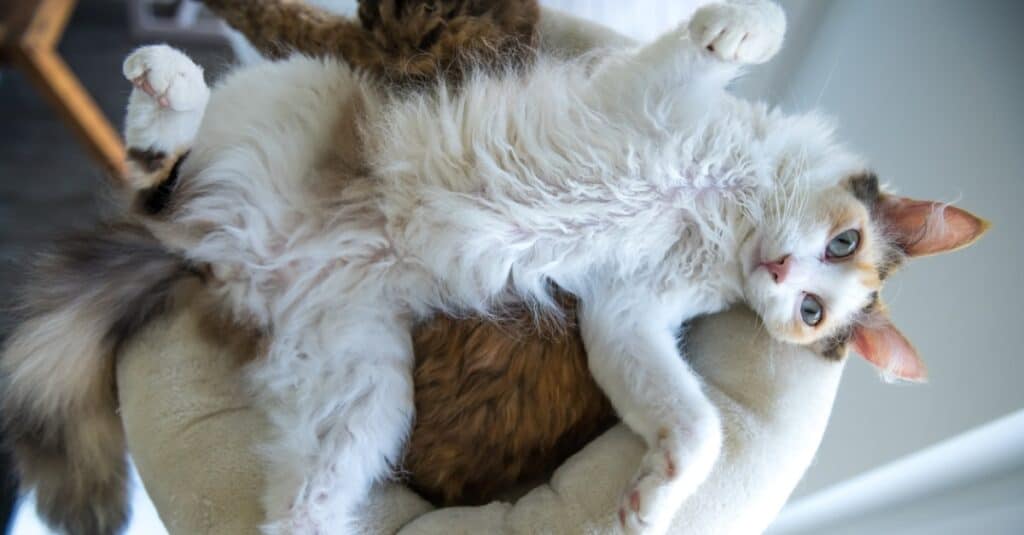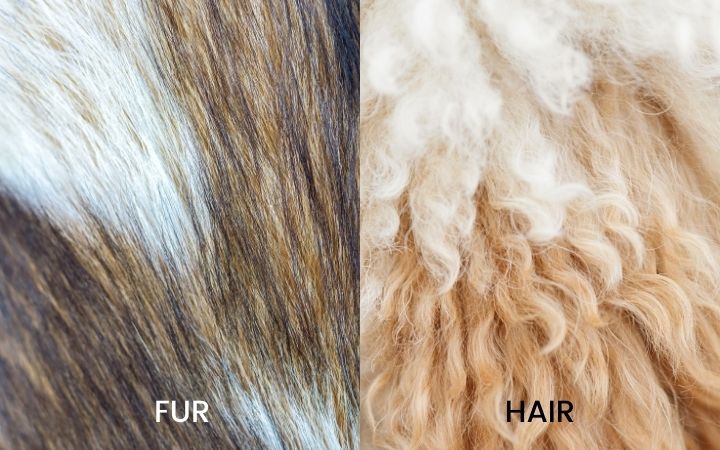Table Of Content

The catagen phase is a transitional time where growth slows and the hair shaft detaches from the blood supply. Hair and fur are essentially the same in composition, consisting primarily of a protein called keratin. Tightly coiled hair in its natural state may be worn in an Afro.
Natural selection
Hair care routines differ according to an individual's culture and the physical characteristics of one's hair. Hair may be colored, trimmed, shaved, plucked, or otherwise removed with treatments such as waxing, sugaring, and threading. In fact, although genetic findings (Tishkoff, 2009) suggest that sub-Saharan Africans are the most genetically diverse continental group on Earth, Afro-textured hair approaches ubiquity in this region. This points to a strong, long-term selective pressure that, in stark contrast to most other regions of the genomes of sub-Saharan groups, left little room for genetic variation at the determining loci.
Structural Differences
The fossil record even shows evidence of hair used for protection and warmth. Cats typically have a more uniform coat, though still layered, designed to offer a blend of agility and protection. For instance, whales have evolved to have minimal hair as an adaptation to their aquatic lifestyles, aiding in streamline movement. From the dense undercoat of a bear to the sleek, streamlined fur of whales, every coat tells a story of survival and heritage.
A Look at Texture
It is, in essence, a complex structure consisting of multiple layers of hair follicles and hair fibers. These intricate layers of fur offer an array of functions and adaptations tailored to the unique needs of various species. Whiskers have a few differences, including that they tend to be longer and stiffer (but this is not always the case), and they're important sensory organs. "Every follicle has a certain amount of innervation," MacPhee explains.
In contrast, animals such as dogs or cats have shorter anagen phases, resulting in shorter hair or fur. Explore the composition and structure of hair and fur, along with their growth and shedding patterns. Understand the functions they serve, variations in characteristics, and the factors that influence them.
Comparative Analysis of Domestic Animals
Dogs with hair tend to shed less, as well as trap shedding hair in their coat, preventing dander from becoming airborne. Dogs with fur tend to release these allergens more readily, as their coats are shorter and they shed on furniture and other surfaces. Contrary to popular belief, dogs with hair aren’t inherently hypoallergenic. That’s because what provokes allergies is typically the dander (skin particles) and dried saliva present on a dog’s coat, not the hair itself.

Evolutionary and Genetic Factors
It also plays a significant role in various industries, such as fashion and textiles, where hair and fur are used for clothing and accessories. The outer layer of the hair shaft, the cuticle, acts as a barrier against harmful UV radiation, chemicals, and physical damage. This protective layer helps to maintain the health and integrity of the hair or fur, preventing it from becoming brittle or damaged. The catagen phase is a short transitional phase that occurs between the anagen and telogen phases. During this phase, the hair or fur follicles undergo structural changes as they prepare for the transition to the resting phase. During the anagen phase, the hair or fur follicles receive nutrients and oxygen from the blood vessels surrounding them.
Difference Between Hair and Fur (According to Science)
Their preferences, informed by considerations of animal welfare, sustainability, and ethics, will play a pivotal role in shaping the direction of these industries. It's true we aren't--except for a few guys I've seen at the pool. The problem with answering that question, though, is that most of what science knows about evolution comes from fossils, and hair doesn't fossilize. For example, Voss said, small mammals' coats generally match the color of the soil in their environment so they'll blend in with the dirt. Fur coloration can be used for sexual selection, or to serve as a warning to predators that an animal carries toxic chemical weapons — as is the case with the skunk. Fur can be dense or sparse; soft or coarse; colorful or drab; monochromatic or patterned.
For example, animals living in colder climates often have longer and thicker fur to provide better insulation and protection from the elements. In contrast, animals in warmer climates may have shorter hair or fur to help them regulate their body temperature more efficiently. Both are primarily composed of keratin, a tough and fibrous protein. However, the distinctions arise in the organization and density of these protein structures. Fur boasts a dense arrangement of hair follicles that produce various types of hair, including guard hairs and underfur. This dense structure imparts fur with its characteristic thickness and insulation properties.
The science of dog fur and why cutting is not cool - WHYY
The science of dog fur and why cutting is not cool.
Posted: Thu, 23 Jul 2015 07:00:00 GMT [source]
Grooming isn't a high-maintenance luxury — it can be a matter of life and death, Voss noted. And a recent study of zebras' distinctive striping suggested that their patterns might have evolved to deter biting tsetse flies. "Rodents that have odors or toxic chemicals in [their] skin tend to be marked in black and white," Voss said.
Down hairs, which are also flat, tend to be the shortest and most numerous in the coat. Thermoregulation is the principal function of the down hair, which insulates a layer of dry air next to the skin. Most of what science knows about evolution comes from fossils, and hair doesn't fossilize. One theory is that fur evolved because mammals are warm-blooded and hair is a good insulator.
The cuticle layers protect the inner layers and regulate moisture balance, while the medulla, when present, contributes to insulation and strength. Understanding the composition and structure of hair and fur is crucial in maintaining their health and optimizing their functionality. For animals, the process of hair growth tends to be more synchronized. This is an important distinction, as it sets the stage for shedding during periods when the coat is too heavy for the weather conditions related to the season. The coarse and sparse strands growing from the skin of mammals such as pigs and elephants is also called hair. Furthermore, we also use the word hair to refer to few strands of fur (hair of animals).
While domesticated animals may have a more predictable coat appearance due to selective breeding, wild animals exhibit a greater variety of characteristics. This variation can be attributed to the ever-changing environment in which they reside. For example, polar bears have thick, white fur to blend in with the snowy Arctic landscape, while cheetahs have short, coarse fur that aids in their agility and speed. For instance, the color and pattern of an animal’s fur are often determined by its genes. This is evident in the wide range of coat colors seen in domesticated cats and dogs. The genes responsible for coat color and pattern can be passed down from generation to generation, resulting in a diverse array of fur variations.
Just like humans inherit certain traits from their parents, animals inherit specific hair and fur attributes through their genetic makeup. When it comes to understanding the hair and fur on our bodies, it’s important to delve into the growth and shedding patterns. These patterns are controlled by a complex series of phases known as the anagen, telogen, and catagen phases. Hair and fur are primarily composed of a protein called keratin.
However, regardless of what it looks or feels like, fur is an evolutionary characteristic that defines the mammalian lineage. This is why animals go to the groomer and humans to the fashion salon to get their hair under control. Understanding the difference between hair and fur can get confusing. Explore what hair and fur are, along with the differences between them.

No comments:
Post a Comment